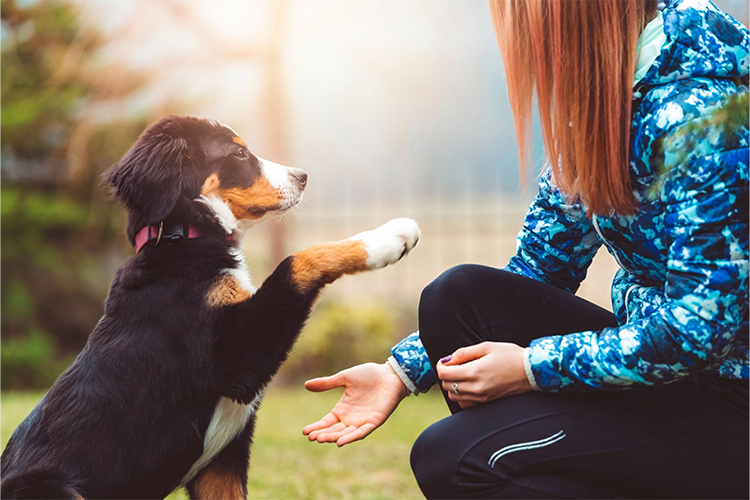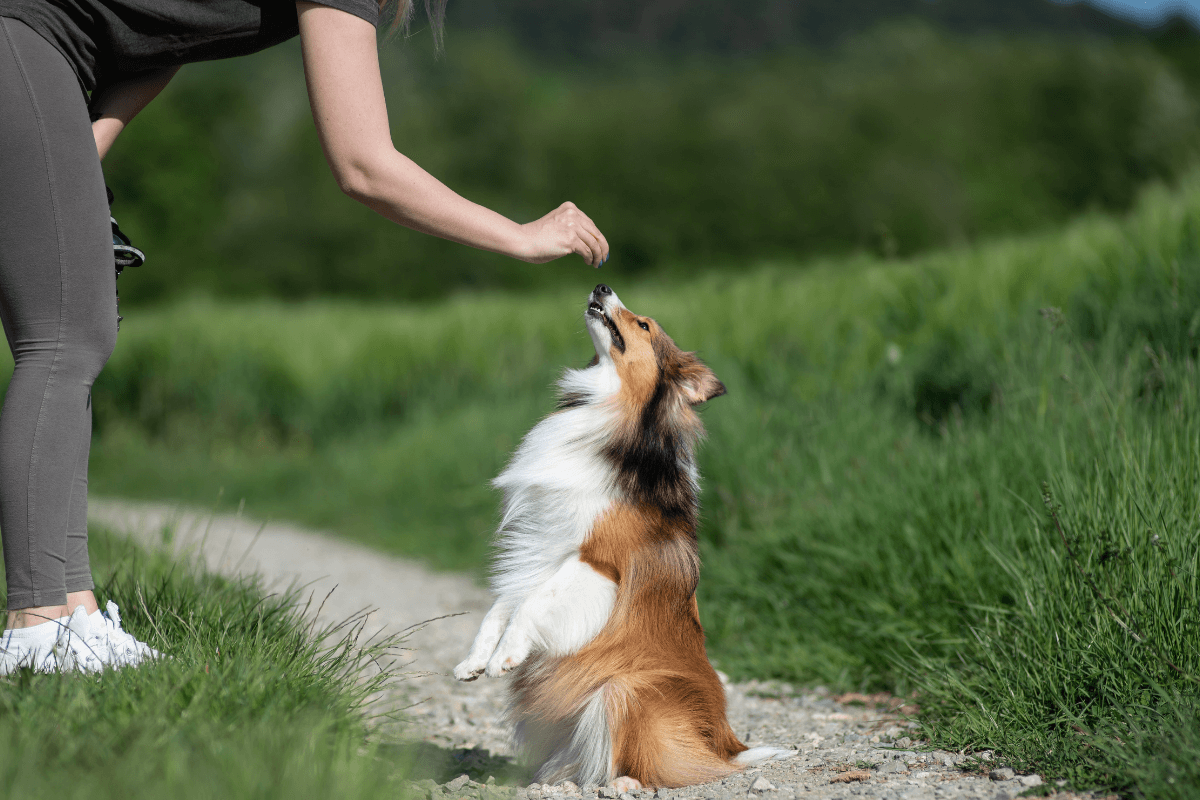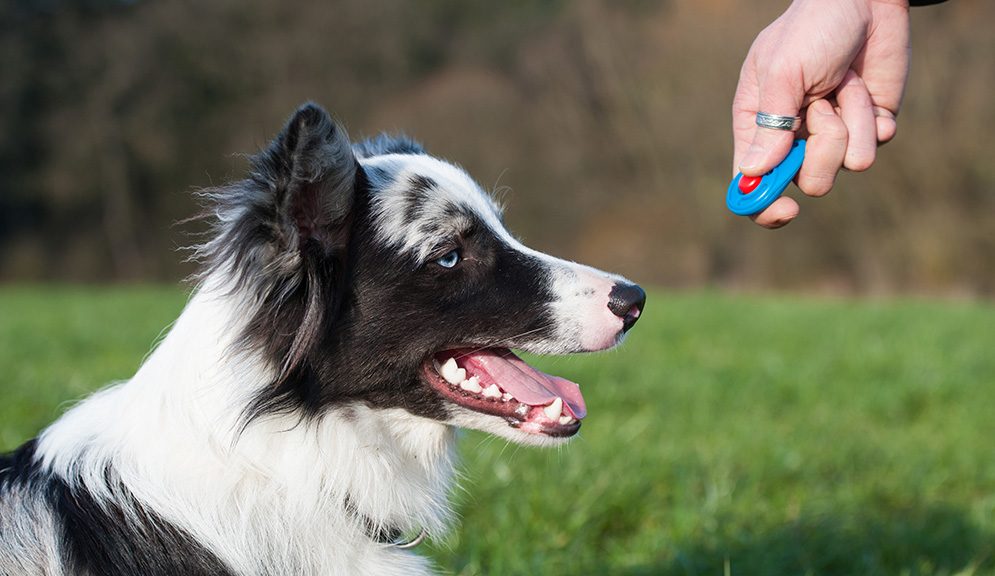Recognizing Canine Body Movement Throughout Dog Training
Recognizing Canine Body Movement Throughout Dog Training
Blog Article
Essential Tips for Effective Dog Training: An Overview for Pet Owners
Reliable pet dog training is a diverse process that calls for a tactical approach customized to both the family pet's temperament and the proprietor's goals. Understanding just how to browse these barriers can substantially boost the training experience, eventually changing the partnership in between owner and pet.
Comprehending Canine Habits
Understanding pet dog behavior is essential for reliable training and fostering an unified relationship in between pooches and their proprietors. Dogs interact primarily with body language, vocalizations, and activities, making it important for proprietors to interpret these signals properly. Recognizing a pet dog's stance, tail setting, and ear alignment can provide insights right into its mood. For example, a wagging tail does not constantly indicate happiness; it can additionally signify excitement or anxiousness.

Socialization plays a significant duty in pet habits; exposure to various environments, people, and other pets can dramatically influence a pet dog's personality. Aspects such as breed characteristics and specific character ought to lead training approaches, as some breeds might have certain behavioral traits that demand tailored strategies. By comprehending these elements, proprietors can produce an encouraging atmosphere that encourages favorable behavior, bring about successful training end results and a much deeper bond with their pets.
Developing Consistent Commands
Reliable communication with your pet dog begins with developing consistent commands. This fundamental component of training is vital for fostering understanding between you and your family pet. Uniformity in the commands you use makes sure that your dog can accurately link specific words or expressions with the wanted habits.
When picking commands, choose clear, unique words that are very easy to distinguish and claim from each other. Prevent making use of similar-sounding commands that might confuse your pet dog. For example, utilizing "rest" and "stay" is proper, yet "sit" and "hit" might bring about misunderstandings.
Furthermore, preserve the very same tone and quantity for each command. Canines are sensitive to singing signs, so differing your tone can create confusion.
It is similarly crucial to make sure that all member of the family get on the very same page concerning the commands used. A united front in command use will avoid mixed signals and enhance the discovering process.
Positive Support Methods
The power of favorable support in canine training exists in its capability to motivate wanted habits through incentives and praise. This technique is based in the principle that actions complied with by beneficial end results are most likely to be repeated. By integrating positive support into your training regimen, you can properly shape your pet's actions in a constructive manner.
To apply positive support, it's vital to identify what encourages your canine, whether it be deals with, playthings, or verbal appreciation. When your dog executes a desired action, such as resting on command, promptly reward them with a reward or love. This association in between the command and the favorable outcome reinforces their understanding.
It's essential to timing the incentives correctly; providing the support within secs of the desired habits aids your canine make the link (dog training). In addition, consistency is essential-- make certain that all relative utilize the very same commands and reward systems to prevent complication

Gradually, you can minimize the regularity of deals with as your canine discovers the actions, transitioning to commend or intermittent benefits. This technique not just cultivates a strong bond between you and your canine however additionally advertises a positive knowing atmosphere, making educating a delightful experience for both.
Socialization and Interaction
Regularly subjecting your pet dog to a selection of settings, individuals, and various other pets is essential for their social advancement. Socialization needs to start early, preferably during the vital window of 3 to 14 weeks, when young puppies are most receptive to new experiences. Nevertheless, older pet dogs can likewise profit from continuous socialization efforts.
Present your pet to various setups, you can check here such as parks, pet-friendly stores, and urban areas. This exposure aids them adapt to different stimuli, decreasing stress and anxiety and worry reactions. Encourage favorable communications with other dogs and people, ensuring that these experiences are risk-free and controlled to cultivate self-confidence.
Make use of organized playdates with browse around these guys well-mannered dogs, as this can boost your canine's social abilities and show them suitable actions. Obedience classes and training sessions also supply outstanding possibilities for socialization, allowing your pet dog to interact with others in a monitored environment.
Display your dog's body movement during communications, as this will assist you gauge their comfort degree. Slowly raise exposure to even more challenging circumstances while ensuring that each experience is positive. A well-socialized pet is most likely to exhibit balanced actions, making them a joy to have in any type of setup.
Dealing With Typical Training Obstacles
Every canine proprietor will certainly encounter training difficulties eventually, despite their pet dog's age or socialization level. Recognizing typical issues such as stubbornness, diversions, and terror can help in establishing reliable strategies for improvement.

Diversions throughout training sessions can thwart emphasis. To battle this, begin training in a silent setting with marginal stimulations. Progressively present distractions as the dog becomes more competent in commands. Short, regular training sessions are likewise efficient in preserving attention.
Fearfulness can hinder a dog's learning procedure. Steady desensitization to the resource of worry, matched with positive support, can aid ease stress and anxiety. Persistence is essential; never compel a pet dog into a situation that creates distress, as this might intensify the issue.
Inevitably, understanding and attending to these common obstacles with an organized method will certainly promote a more effective training experience, enhancing the bond between pet and owner while advertising efficient understanding.
Conclusion
In summary, effective pet dog training counts on a thorough understanding of canine habits, the facility of constant commands, and the application of favorable reinforcement techniques. Socializing plays an essential duty in establishing well-adjusted pets, while attending to common training obstacles requires persistence and adaptability. By carrying out these important methods, animal proprietors can foster a strong bond with their pet dogs and advertise desirable habits, ultimately causing an unified relationship in between human beings and their canine companions.
Comprehending pet behavior is necessary for effective training and promoting a harmonious connection in between canines and their owners.Socialization plays a substantial role in canine habits; direct exposure to numerous environments, people, and other pets can dramatically impact a canine's character.The power of favorable support in dog training lies in its ability to motivate preferred habits via incentives official statement and appreciation. By incorporating positive reinforcement into your training regimen, you can efficiently form your pet dog's actions in a positive fashion.
In recap, effective pet training counts on a comprehensive understanding of canine behavior, the establishment of consistent commands, and the application of positive reinforcement techniques.
Report this page